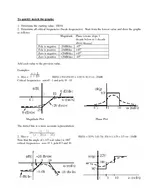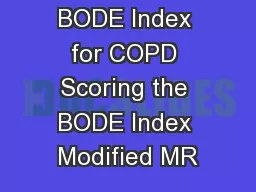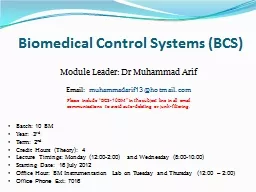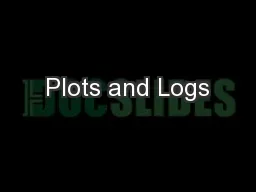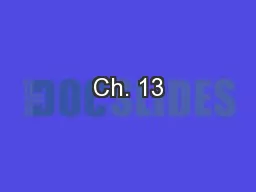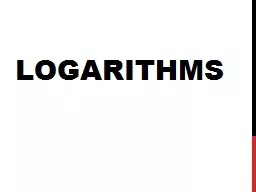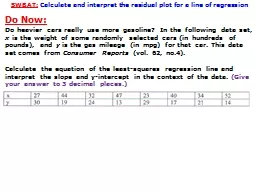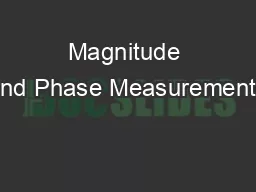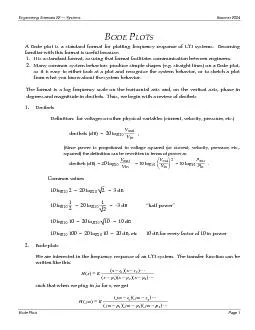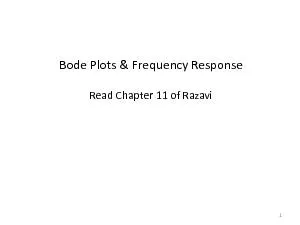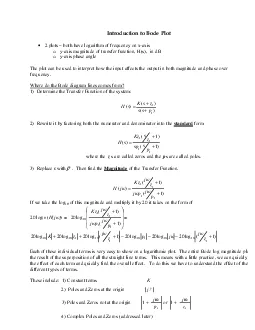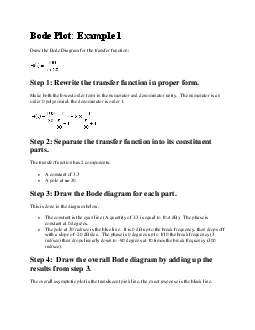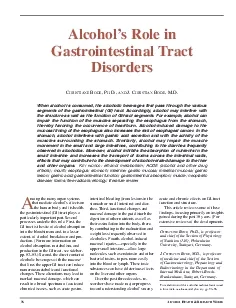PDF-Introduction to Bode Plot plots both have logarithm of frequency on x axis axis magnitude
Author : lindy-dunigan | Published Date : 2014-12-12
Where do the Bode diagram lines comes from 1 Determine the Transfer Function of the system 2 Rewrite it by factoring both the numerator and denominator into the
Presentation Embed Code
Download Presentation
Download Presentation The PPT/PDF document "Introduction to Bode Plot plots both ha..." is the property of its rightful owner. Permission is granted to download and print the materials on this website for personal, non-commercial use only, and to display it on your personal computer provided you do not modify the materials and that you retain all copyright notices contained in the materials. By downloading content from our website, you accept the terms of this agreement.
Introduction to Bode Plot plots both have logarithm of frequency on x axis axis magnitude: Transcript
Download Rules Of Document
"Introduction to Bode Plot plots both have logarithm of frequency on x axis axis magnitude"The content belongs to its owner. You may download and print it for personal use, without modification, and keep all copyright notices. By downloading, you agree to these terms.
Related Documents

